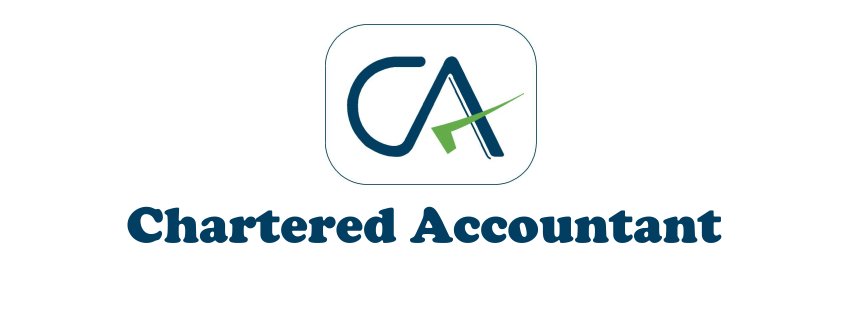As the financial world continues to evolve, staying informed about emerging trends in financial planning is essential for individuals and businesses aiming to optimize their financial strategies. From market shifts to technological advancements, here are the key financial planning trends to watch in the coming years.
1. Sustainability and Green Investments
With growing concern over climate change and environmental impact, sustainable investing is becoming a core element of financial planning. Investors are increasingly looking for opportunities that align their financial goals with social and environmental responsibility.
Key Insights:
- ESG (Environmental, Social, and Governance) Investments: More investors are prioritizing ESG criteria when selecting investment opportunities, considering factors like environmental impact, corporate governance, and social responsibility.
- Green Bonds and Renewable Energy Funds: There is a growing interest in green bonds and funds focused on renewable energy, sustainable infrastructure, and eco-friendly technologies.
- Impact Investing: Many investors are not just looking for financial returns but also a positive impact on society, driving a shift towards businesses that promote sustainable practices.
2. Technology-Driven Financial Planning
Financial planning is becoming more efficient and personalized thanks to advancements in technology. Digital tools and platforms are transforming how individuals and businesses manage their finances, offering real-time insights and better decision-making capabilities.
Technological Trends:
- Robo-Advisors: Automated investment platforms are making financial planning accessible to a wider audience. These AI-powered tools provide personalized investment strategies based on an individual’s risk tolerance, financial goals, and timeline.
- Personal Finance Apps: Mobile apps that track spending, savings, and investment are becoming integral to day-to-day financial management. These apps help users maintain budgets, set financial goals, and manage investments effortlessly.
- Artificial Intelligence (AI) in Financial Planning: AI tools are being used to predict market trends, optimize portfolios, and provide personalized financial advice, enhancing accuracy and reducing human error.
3. Holistic Financial Planning
Modern financial planning is moving beyond investment management to address broader financial concerns. A more comprehensive approach includes debt management, retirement planning, tax optimization, and estate planning, creating a well-rounded financial strategy.
Holistic Approach Insights:
- Retirement and Tax Planning: Financial planners are increasingly integrating retirement savings strategies with tax-efficient investment plans to minimize liabilities while maximizing returns.
- Debt Management: Paying off high-interest debt is now a key focus, with many individuals seeking ways to reduce liabilities as part of their overall financial health.
- Estate Planning and Wealth Transfer: As wealth transfer becomes a growing concern for high-net-worth individuals, effective estate planning strategies are gaining prominence to minimize taxes and ensure smooth inheritance processes.
4. Focus on Financial Education and Empowerment
Financial literacy is gaining attention as a key factor in personal and business financial planning. With an increased emphasis on financial education, individuals are becoming more proactive in managing their finances and making informed decisions.
Key Trends:
- Financial Education for Millennials and Gen Z: Younger generations are embracing financial education, particularly around investments, retirement, and budgeting, and are seeking advice on building wealth from an early age.
- Financial Wellness Programs in Workplaces: Companies are offering financial wellness programs to employees, covering topics such as budgeting, investing, and retirement planning, in an effort to improve employee satisfaction and reduce financial stress.
- Online Learning Resources: The rise of online financial courses, webinars, and podcasts is helping individuals improve their financial literacy and make better financial decisions independently.
5. Increased Emphasis on Tax-Efficient Investing
Taxation continues to be a significant consideration in financial planning. With tax laws frequently changing, investors are seeking strategies to minimize their tax liabilities while maximizing their returns.
Key Strategies:
- Tax-Advantaged Accounts: Contributions to tax-advantaged accounts, such as 401(k)s, IRAs, and Health Savings Accounts (HSAs), are being prioritized to reduce taxable income while saving for retirement and healthcare costs.
- Capital Gains Tax Optimization: Investors are looking for ways to minimize capital gains taxes, including strategies like tax-loss harvesting, holding investments for the long term, and choosing tax-efficient investment vehicles.
- International Tax Strategies: Global investments are becoming more common, and with them, the need for strategies to address tax implications in multiple jurisdictions, such as foreign tax credits and offshore accounts.
6. Rise of Behavioral Finance
Understanding how emotions and psychological biases influence financial decision-making is gaining traction in the financial planning industry. Behavioral finance strategies are being incorporated into financial planning to help clients make more rational decisions and avoid costly mistakes.
Behavioral Finance Insights:
- Managing Emotional Investment Decisions: Financial planners are helping clients identify emotional triggers (like fear or greed) that may lead to impulsive decisions, such as selling during market downturns or over-investing during a bull market.
- Bias Mitigation: Planners are using tools and techniques to reduce biases, such as anchoring or overconfidence, that might affect clients’ investment choices.
- Goal-Based Planning: The focus is shifting from merely accumulating wealth to achieving specific life goals, which can help clients remain more disciplined and focused on long-term financial success.
How to Embrace Financial Planning Trends
To adapt to these emerging trends and optimize your financial planning, here are a few actionable steps:
- Leverage Technology: Utilize financial apps and robo-advisors to monitor and manage your finances. Take advantage of online resources to stay informed and make well-researched financial decisions.
- Invest Sustainably: Consider incorporating ESG investments into your portfolio to align your financial goals with your values.
- Comprehensive Planning: Work with a financial planner to address all aspects of your financial life, including tax strategies, retirement planning, and estate management.
- Stay Educated: Continuously improve your financial literacy by attending webinars, reading financial books, and taking courses to make informed decisions about your money.
- Prioritize Tax Efficiency: Work with your financial advisor to develop tax-efficient investment strategies that minimize your liabilities and maximize growth.
By understanding and integrating these trends into your financial planning, you can ensure that your financial strategies are up-to-date, efficient, and aligned with your long-term goals.
Contact Us: If you’re ready to take your financial planning to the next level, our expert team is here to guide you through the latest trends and strategies!


